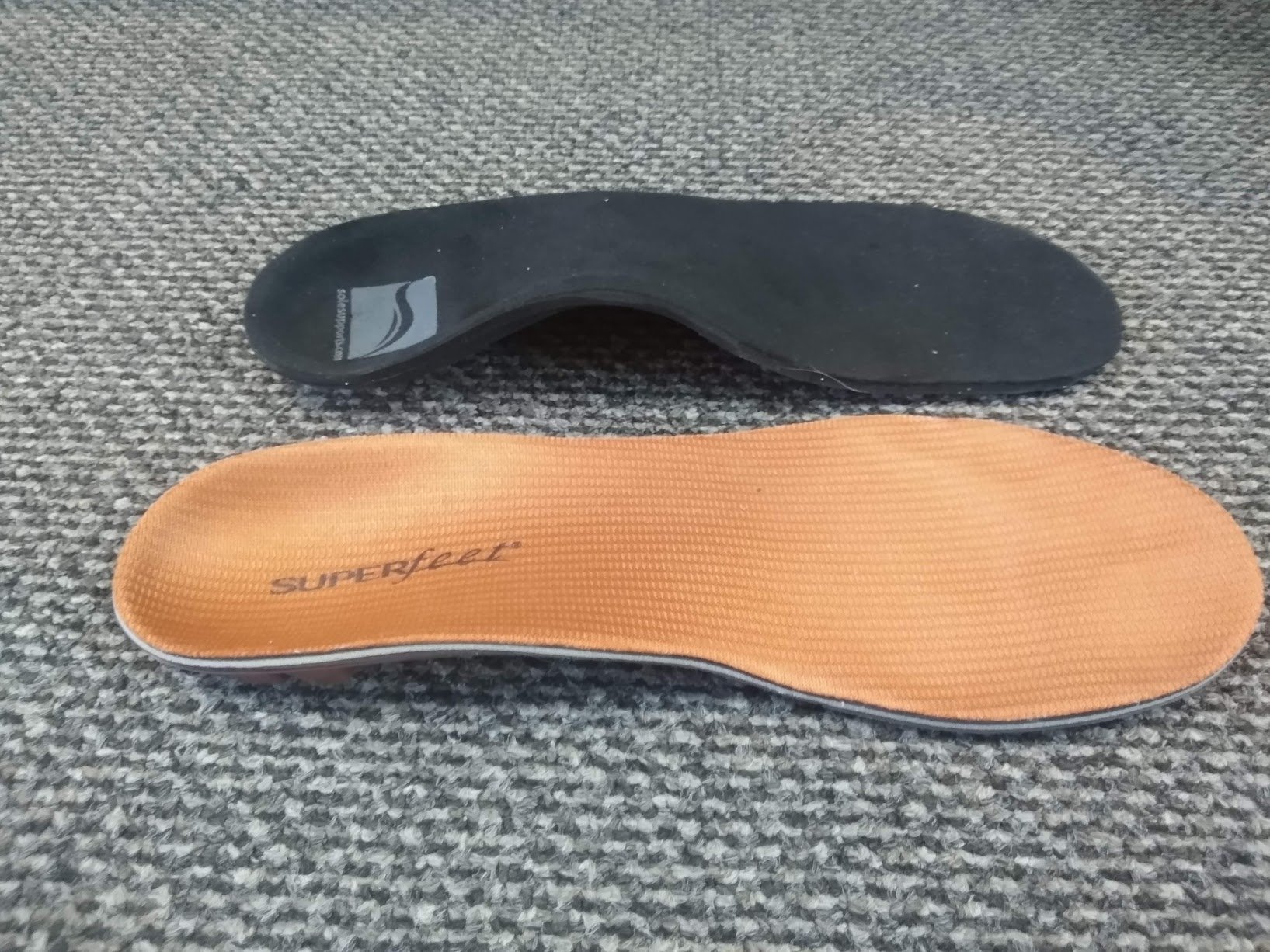https://www.ctvnews.ca/health/cannabis-use-impacts-cognitive-ability-beyond-intoxication-study-1.5747545#:~:text=The%20systematic%20review%20of%2010,making%2C%20suppressing%20inappropriate%20responses%2C%20and
This blog entry is only going to scratch the surface on what is ultimately a very complicated topic. But I felt compelled to put a few words out since I see a dangerous trend in this article gave legitimacy on a broader scale to my concerns.
The research on the medical use of whole plant marijuana including both CBD and THC is pretty robust, but with many caveats that are overlooked. It is pretty specific for certain conditions, and needs to be incredibly finely dosed. In the same way any other pharmaceutical would be used. It has indications, benefits, and side effects. And not everyone responds to it.
The research on the appropriate use of properly dosed medical cannabis has been hijacked by a whole subculture that has broadly applied the potential benefits to inappropriate uses. I see an alarming trend of many patients self directing the use of recreational grade cannabis for medical purposes. Because it's "natural" doesn't mean it's good or safe in all circumstances. Arsenic and poisonous mushrooms are very much naturally occurring substances as well. In the instances where I see self-directed cannabis use, there is no consistency of that dosage, no clear indication of what the purpose is, and no monitoring. And the side effects are overt and overlooked.
One of the most concerning side effects is the long-term cognitive impairment associated with daily cannabis use. This is a known fact even in medical prescriptions of whole plant marijuana, but in those circumstances the severity of the condition being treated warrants the potential side effect. The term "pothead" did not come out of a vacuum. It's a real documented phenomenon that appears to be irreversible in the long run.
I'm not trying to discount the very legitimate uses of medical cannabis that some of my patients are resorting to. It often is a better and safer alternative than some of the high grade pharmaceutical approaches they have tried as well. But it needs to be done with the same caution as one would use for any other pharmaceutical substances.












